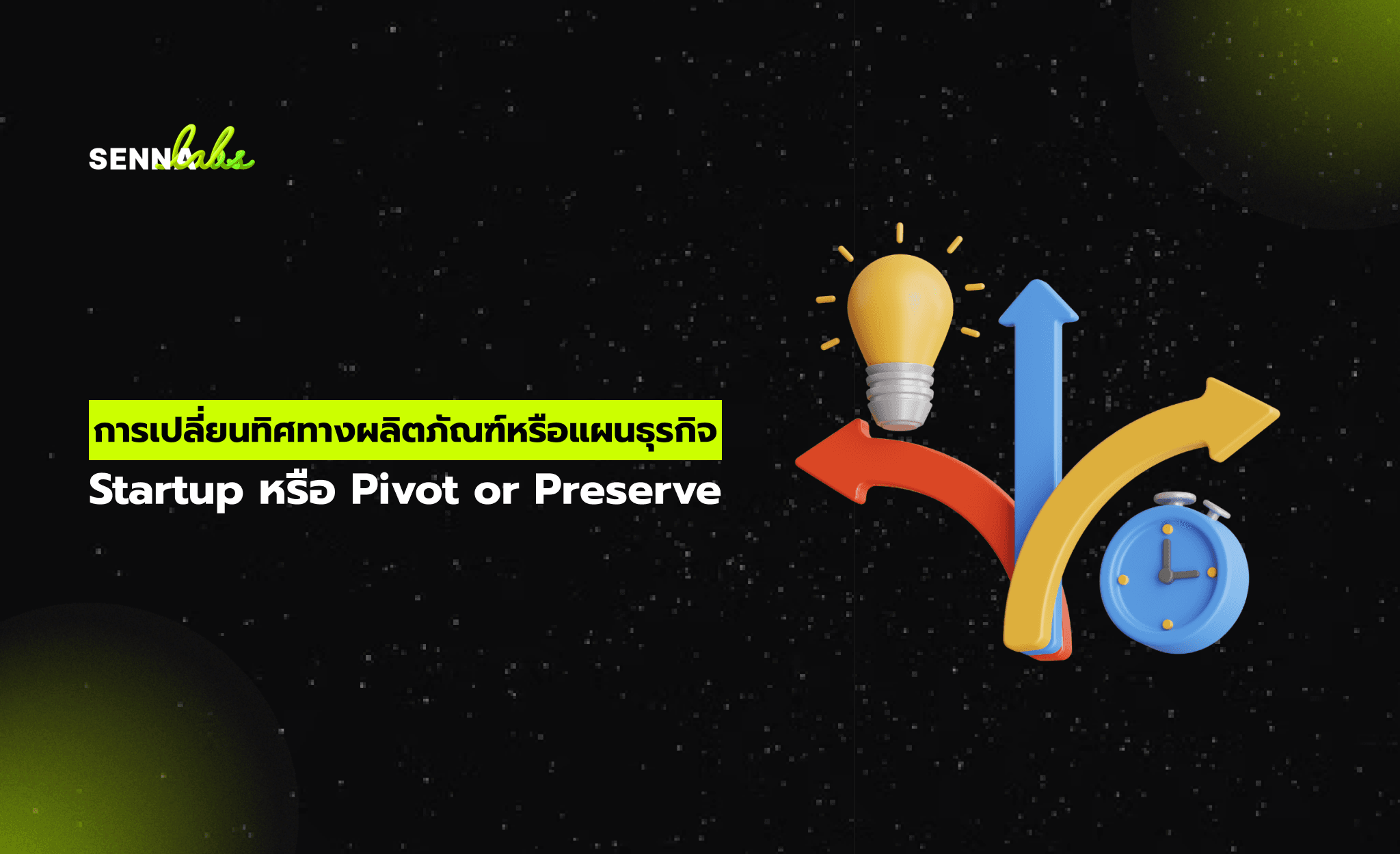How to Speed Up Your Website: Load in Under 3 Seconds

In today’s digital world, speed is crucial. Whether you’re running an e-commerce store, a service platform, or a content-heavy blog, page load time directly affects user experience, search rankings, and conversion rates. According to research, a delay of just 1 second in page load time can result in a 7% decrease in conversions. If your website takes longer than 3 seconds to load, you’re likely losing potential users.
In this article, we’ll explore why website speed matters, common performance issues, and the strategies you can implement to drastically reduce load times. We’ll also share a real case study of a travel platform that improved their site performance and boosted their traffic and SEO by making simple speed optimizations.

Why Speed Is a Critical Factor for Your Website
1. User Expectations
With faster internet connections and mobile devices, users expect websites to load instantly. If a page takes too long, they’ll bounce before it even finishes loading. According to a Google study, 53% of mobile visitors leave a page that takes longer than 3 seconds to load.
2. SEO Rankings
Google uses page speed as one of the ranking factors for both desktop and mobile searches. In 2025, with mobile-first indexing fully in place, Google’s Core Web Vitals (LCP, CLS, and INP) directly influence SEO scores. A slow site may be penalized in rankings, causing you to miss out on valuable organic traffic.
3. Mobile Traffic
The majority of web traffic now comes from mobile devices. Mobile users tend to have slower internet connections, meaning a fast mobile experience is even more critical. Slow-loading mobile pages can lead to frustration, higher bounce rates, and fewer conversions.
4. Conversion Rates
Slow websites lead to frustrated users, which directly impacts conversions. Whether it's completing a purchase, signing up for an account, or submitting a contact form, a delay in load time often causes users to abandon their actions.
Common Causes of Slow Website Performance
1. Unoptimized Images
Large images take up significant bandwidth and slow down page loading. Many websites still use high-resolution images without compression, leading to long load times.
2. Heavy Scripts and Third-Party Integrations
Too many JavaScript files, third-party trackers, or analytics tools can significantly delay page rendering. Scripts that block the rendering process often make the site appear “frozen” until fully loaded.
3. Unnecessary HTTP Requests
Every time a page is loaded, the browser makes an HTTP request for various assets (images, CSS files, JavaScript files). Too many requests increase the load time.
4. Lack of Caching
Without proper caching, the browser needs to reload the entire page each time a user visits, slowing down the experience. Caching stores parts of the site so that they don’t need to be reloaded on subsequent visits.
5. Non-optimized Hosting Environment
A slow server or hosting environment can lead to significant delays, particularly for high-traffic websites. Servers that are not optimized for fast content delivery can bottleneck website performance.
Strategies to Speed Up Your Website
1. Optimize Images
Compress and resize images to reduce their file size. Tools like TinyPNG, ImageOptim, and Squoosh can help maintain image quality while significantly reducing file size. Consider switching to modern image formats like WebP for better compression and quality.
2. Lazy Load Images and Videos
Lazy loading ensures that images and videos below the fold (out of view) are loaded only when the user scrolls to them. This prevents the entire page from being delayed by media files that aren’t immediately visible.
3. Minimize and Combine Files
Minify JavaScript and CSS files by removing unnecessary spaces, comments, and characters. Tools like UglifyJS for JavaScript and CSSNano for CSS can help with this. Also, combine multiple small files into one larger file to reduce HTTP requests.
4. Use a Content Delivery Network (CDN)
A CDN distributes your website’s static content (images, stylesheets, JavaScript) across a network of servers located in different geographic regions. When a user visits your site, the CDN delivers content from the nearest server, speeding up load times. Popular CDN services include Cloudflare and Amazon CloudFront.
5. Enable Caching
Implement browser caching to store static files like images, CSS, and JavaScript on users' devices. This allows repeat visitors to load your site faster since the browser doesn’t need to re-fetch these files each time.
6. Optimize Server and Hosting Environment
Choose a reliable and performance-optimized hosting provider. Consider upgrading to dedicated hosting or a VPS (Virtual Private Server) if you’re on shared hosting, especially for high-traffic sites. Ensure your server uses the latest version of PHP and other software that can improve website speed.
Real Case: Travel Platform Reduces Load Time and Boosts Traffic
A regional travel booking website was struggling with slow load times, particularly on image-heavy destination pages. Despite a great design and solid SEO strategy, users were abandoning the site due to long load times. The page load averaged 6 seconds—far above the industry standard of 3 seconds.
What They Did:
-
Image Optimization: Switched all high-resolution images to WebP format and compressed images by up to 70%.
-
Lazy Loading: Implemented lazy loading for images and videos, so only visible content was loaded on initial page load.
-
Server Optimization: Moved their site to a faster server with better resources for handling traffic spikes.
-
Content Delivery Network (CDN): Implemented a CDN to distribute content closer to users, reducing load time for global visitors.
The Results:
-
Load time dropped from 6 seconds to 2.3 seconds on average.
-
28% increase in new user traffic after the optimizations were implemented.
-
SEO scores improved, with the site ranking higher in mobile search results.
-
Bounce rates dropped as users could navigate and explore content more quickly.
This case demonstrates that improving load times doesn’t just benefit SEO—it directly enhances user experience, engagement, and traffic.
Conclusion:
Website speed is no longer a “nice-to-have”—it’s a critical factor in SEO, user experience, and conversions. Slow sites frustrate users, lower search rankings, and cost businesses valuable traffic and revenue.
By implementing simple strategies like image optimization, lazy loading, caching, and using a CDN, you can significantly improve your site’s performance. Just a few adjustments can lead to a faster, more efficient, and user-friendly website—and ultimately, better business results.


Subscribe to follow product news, latest in technology, solutions, and updates
Other articles for you



Let’s build digital products that are simply awesome !
We will get back to you within 24 hours!Go to contact us Please tell us your ideas.
Please tell us your ideas.







